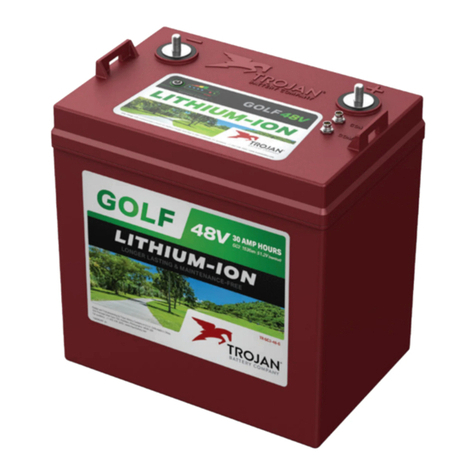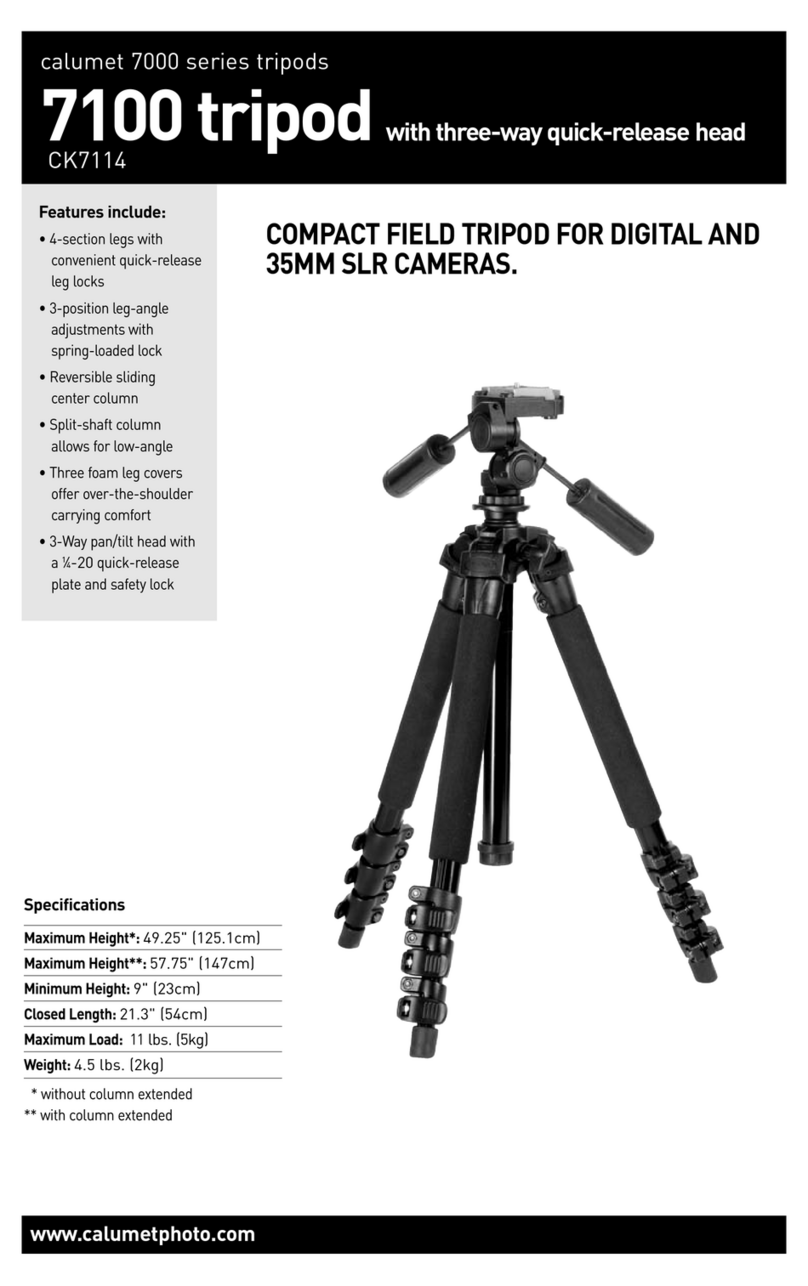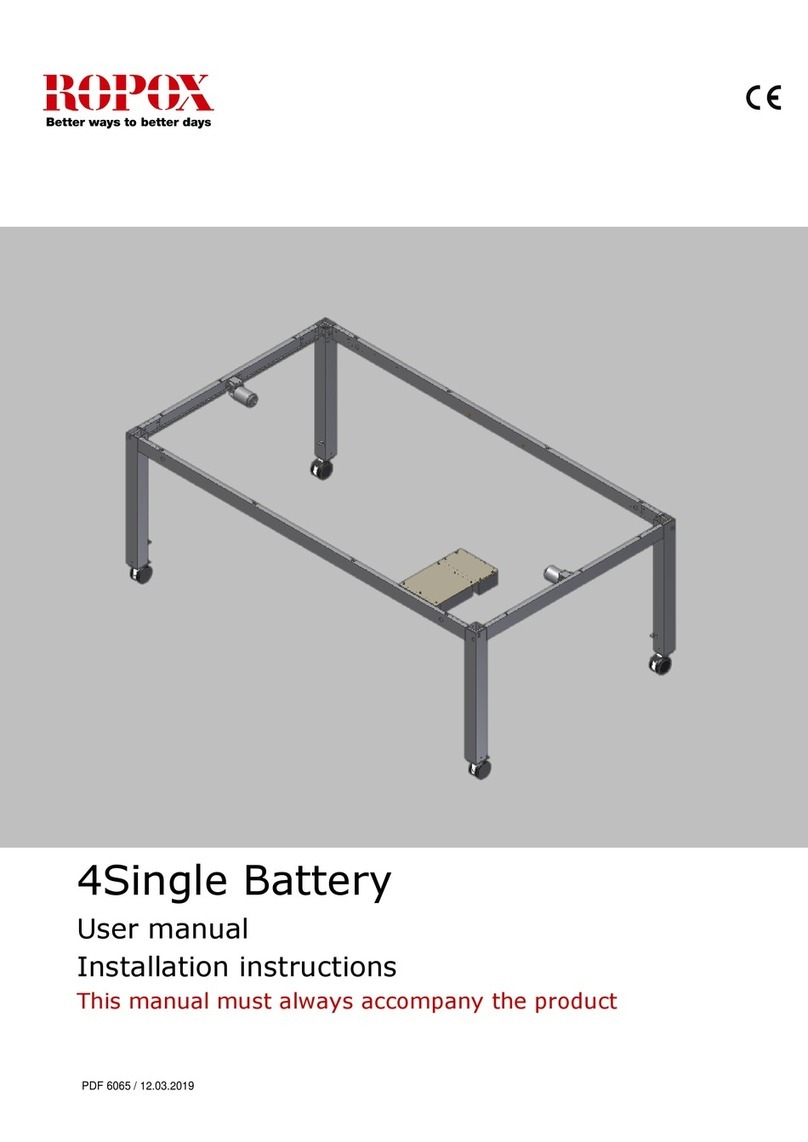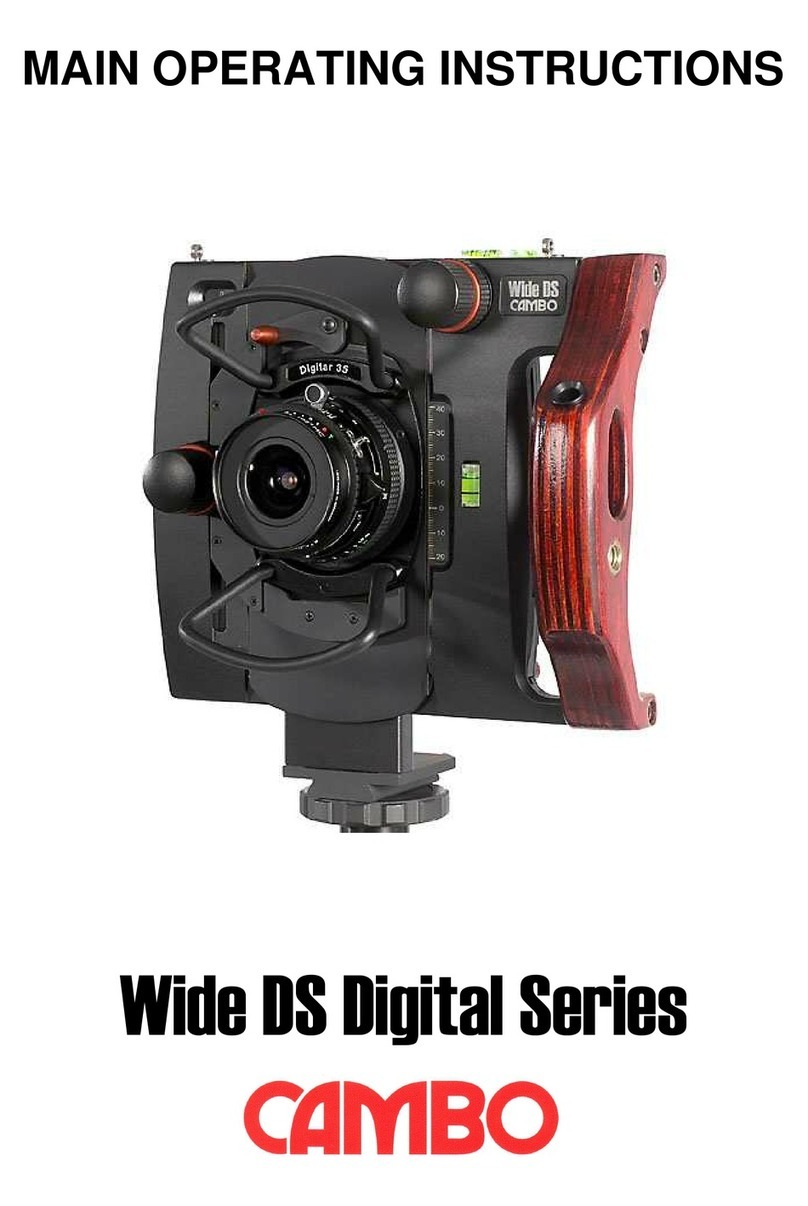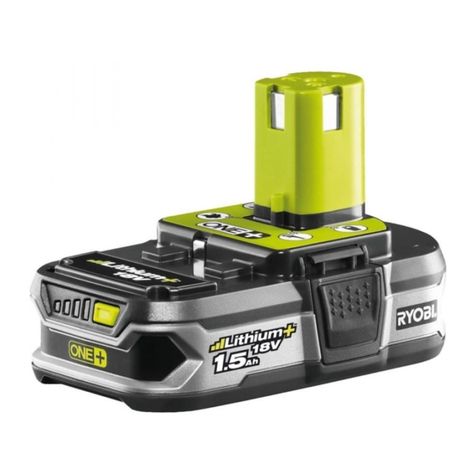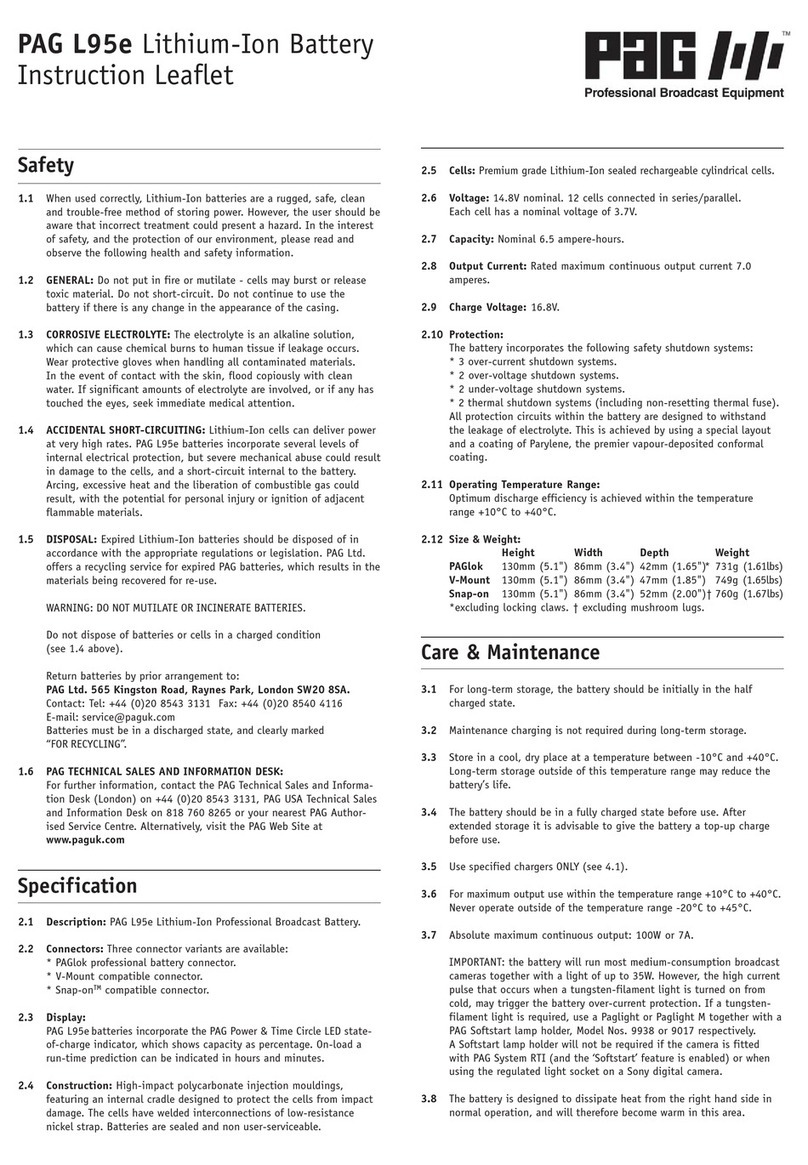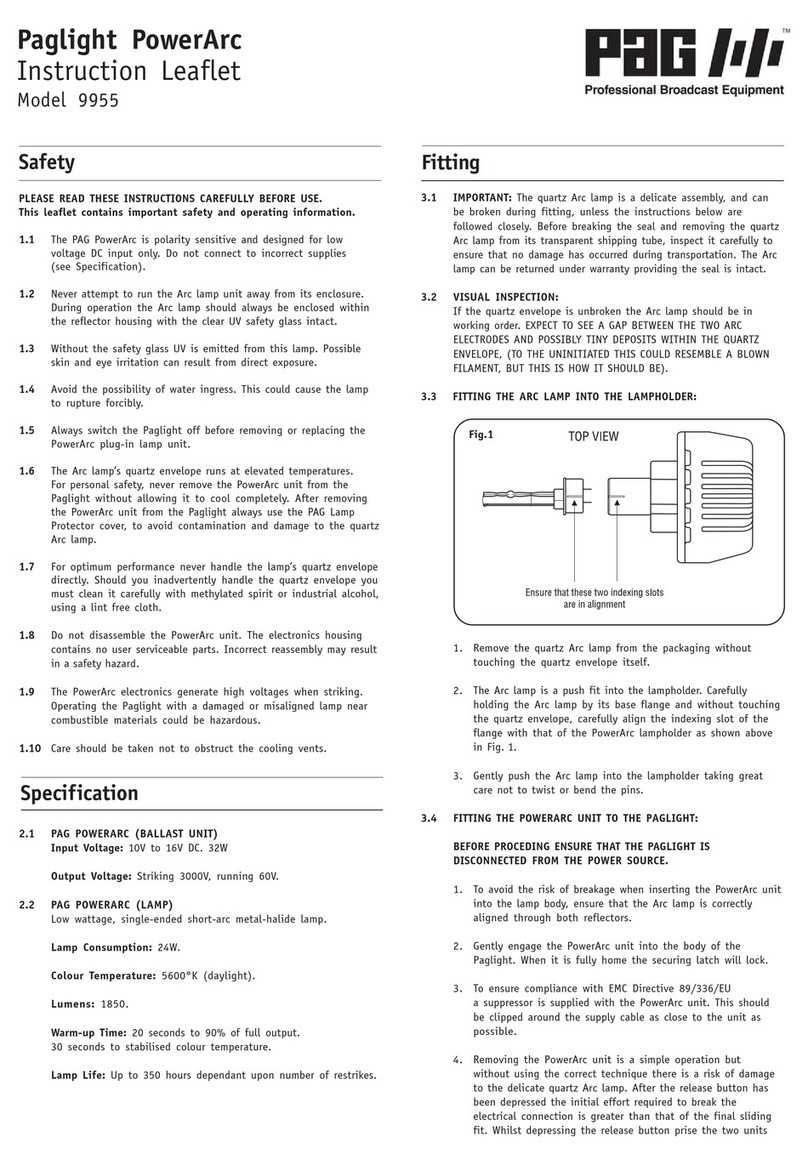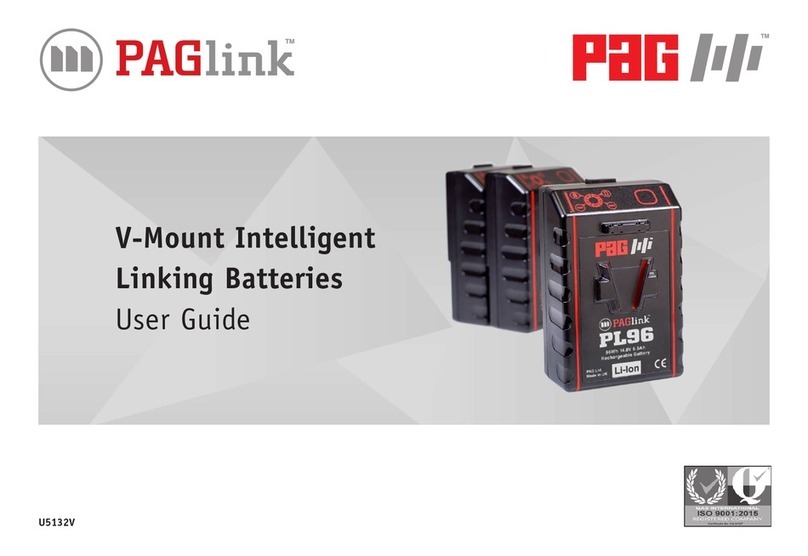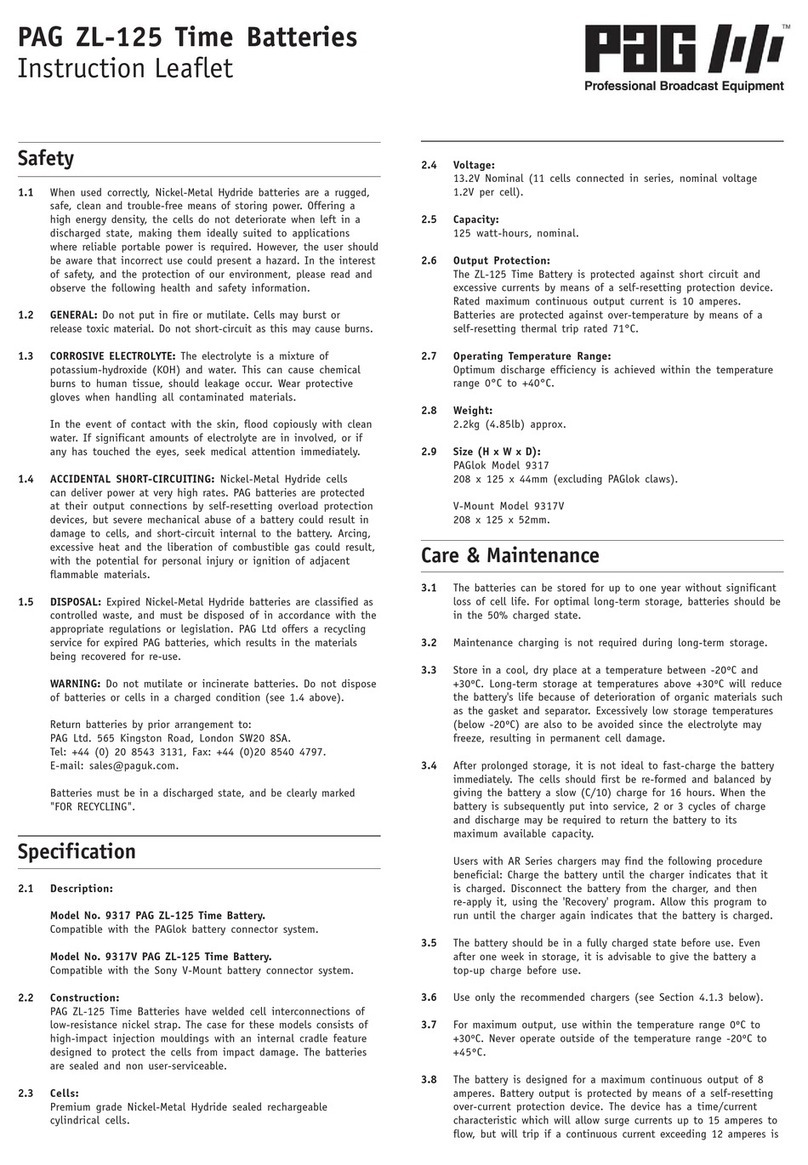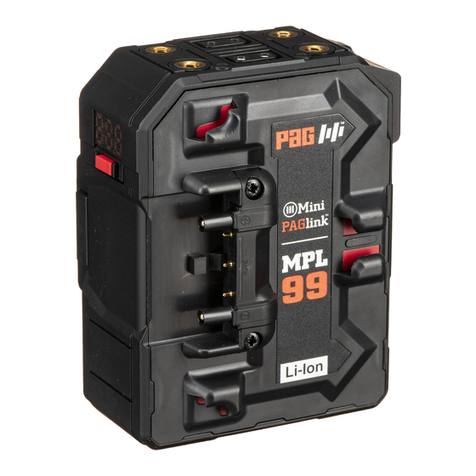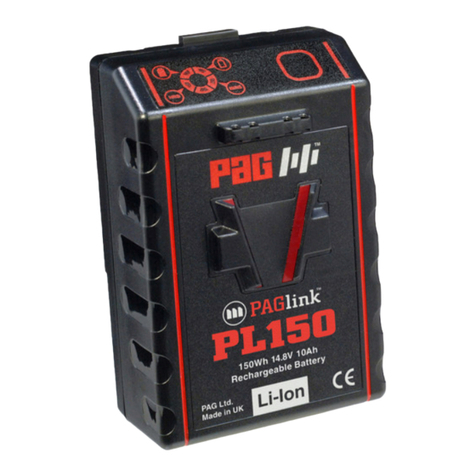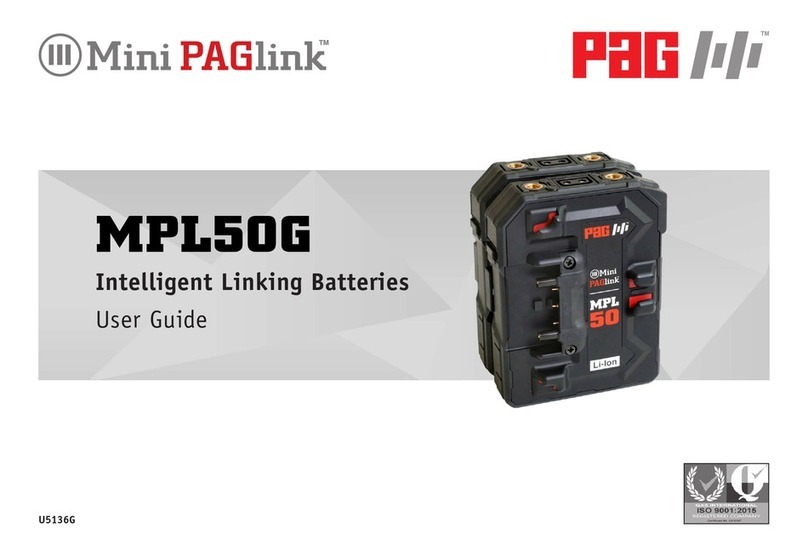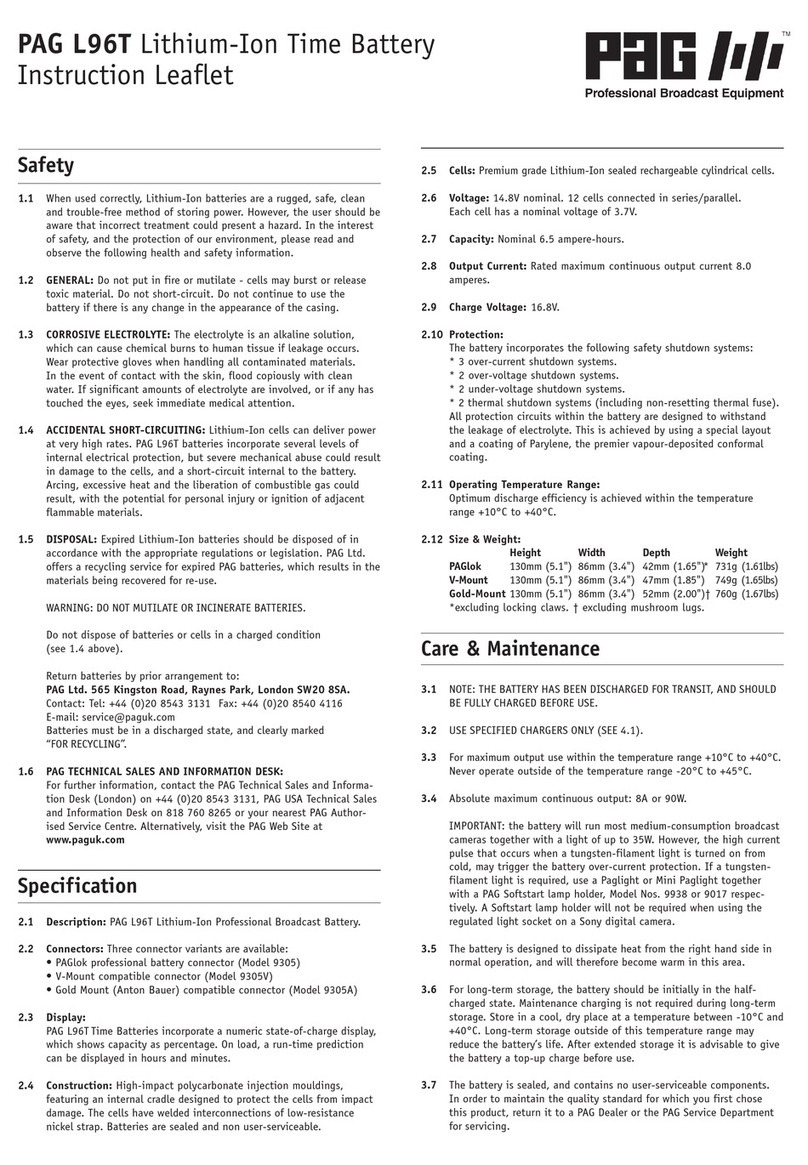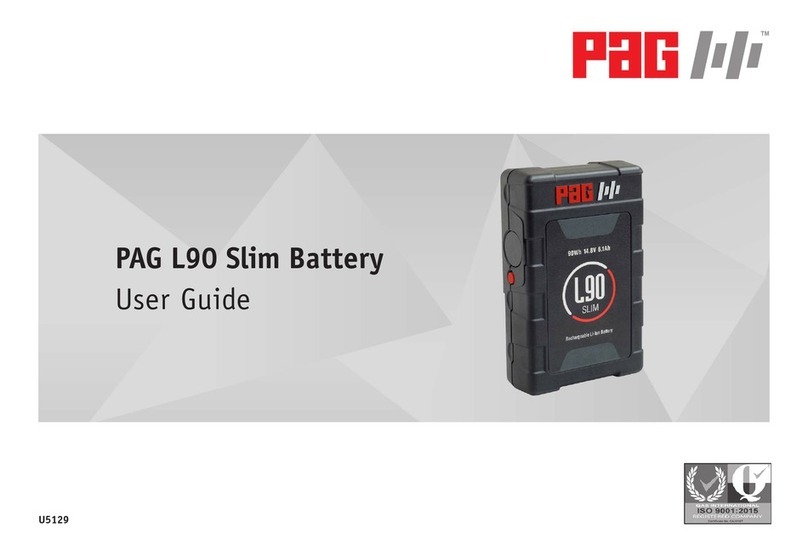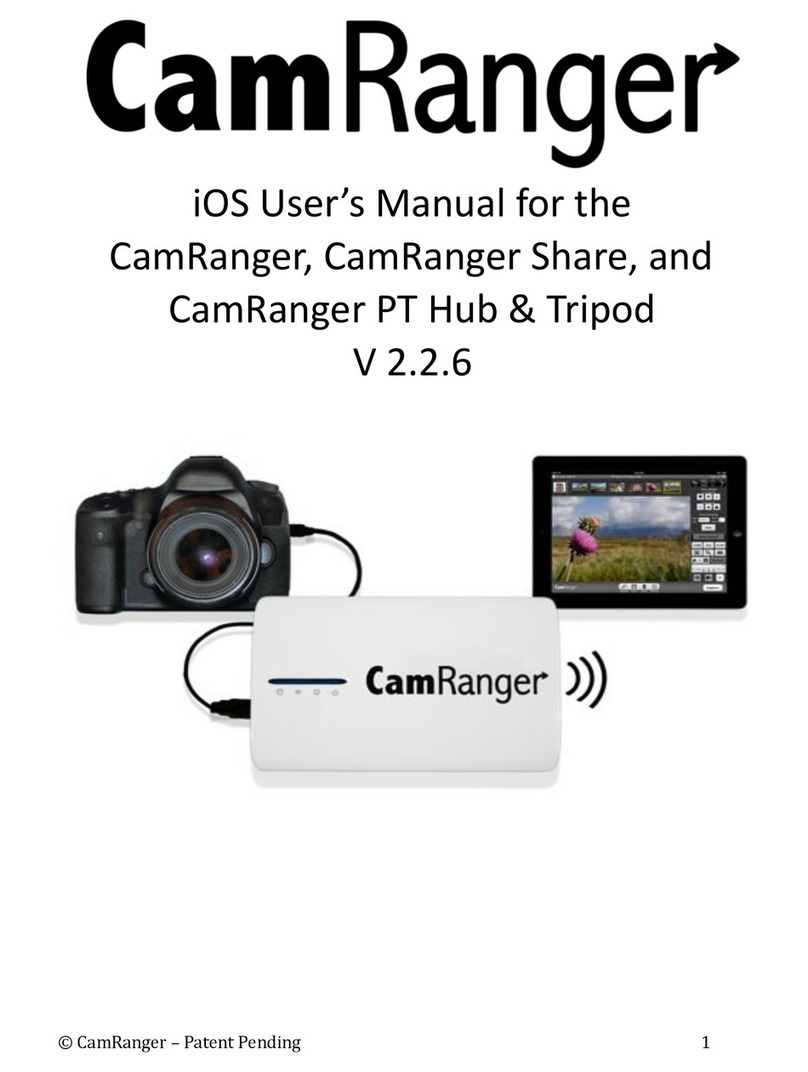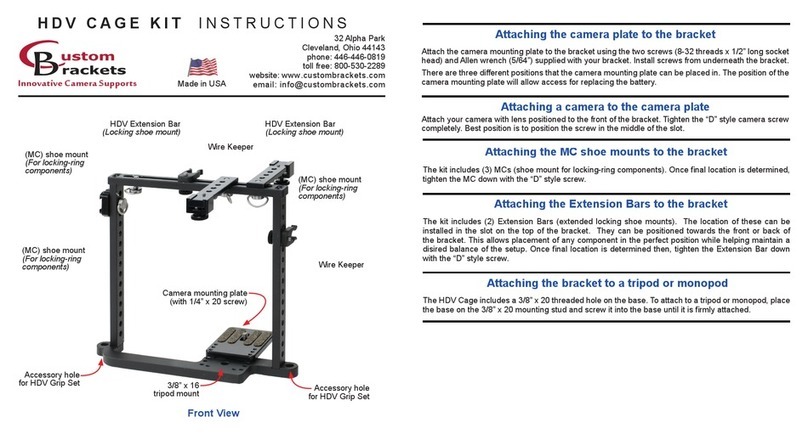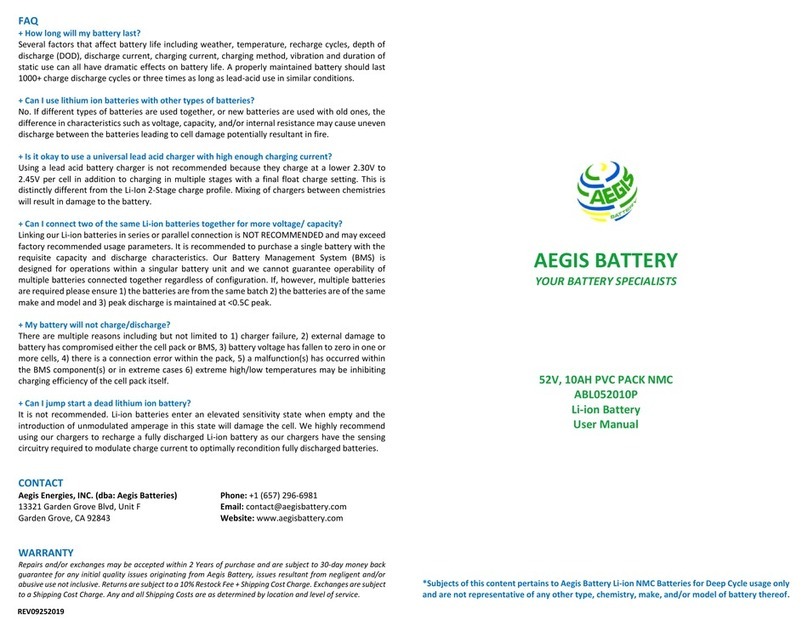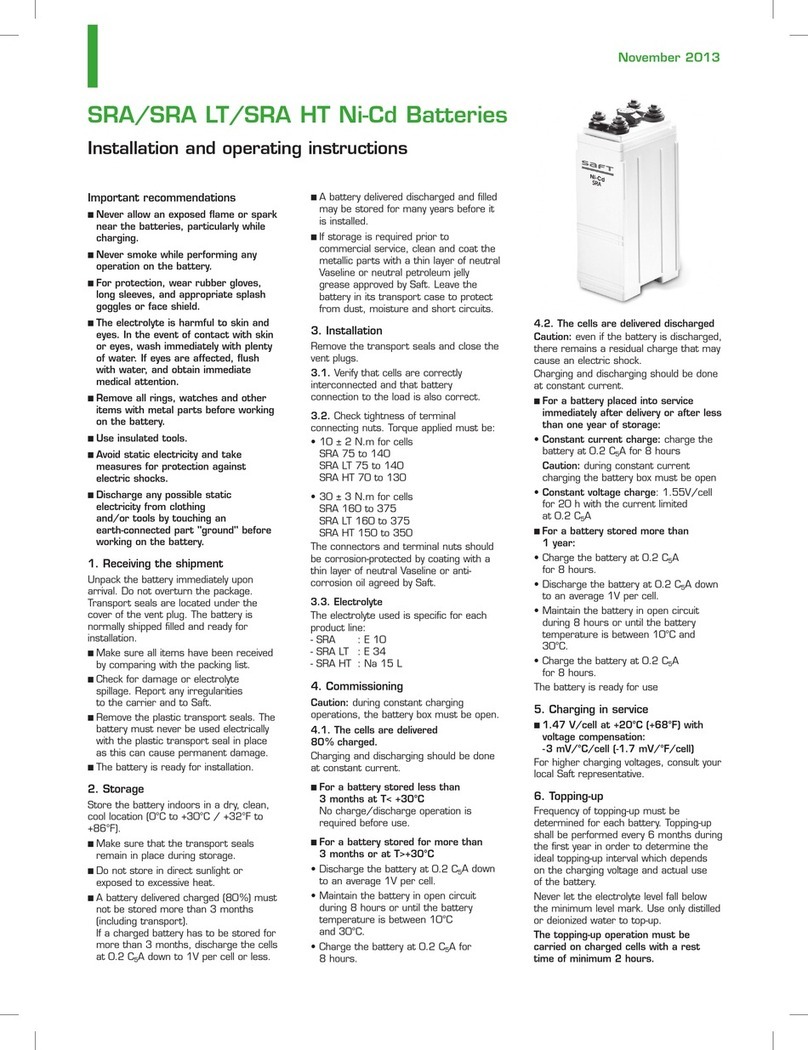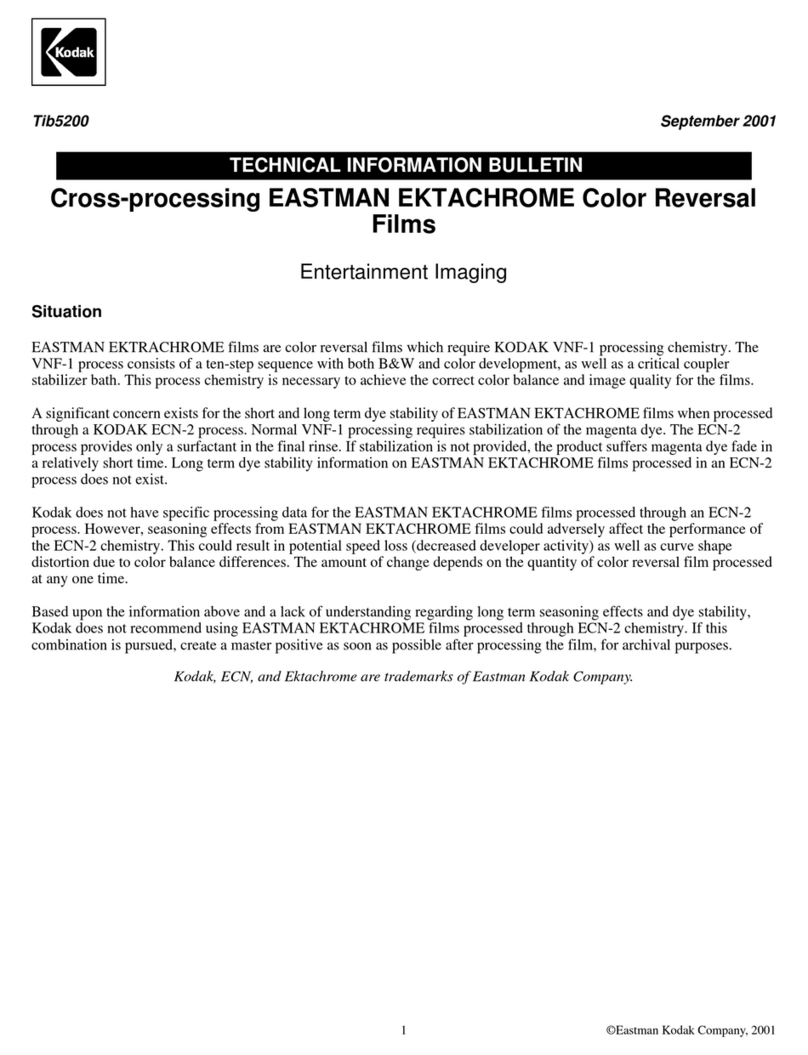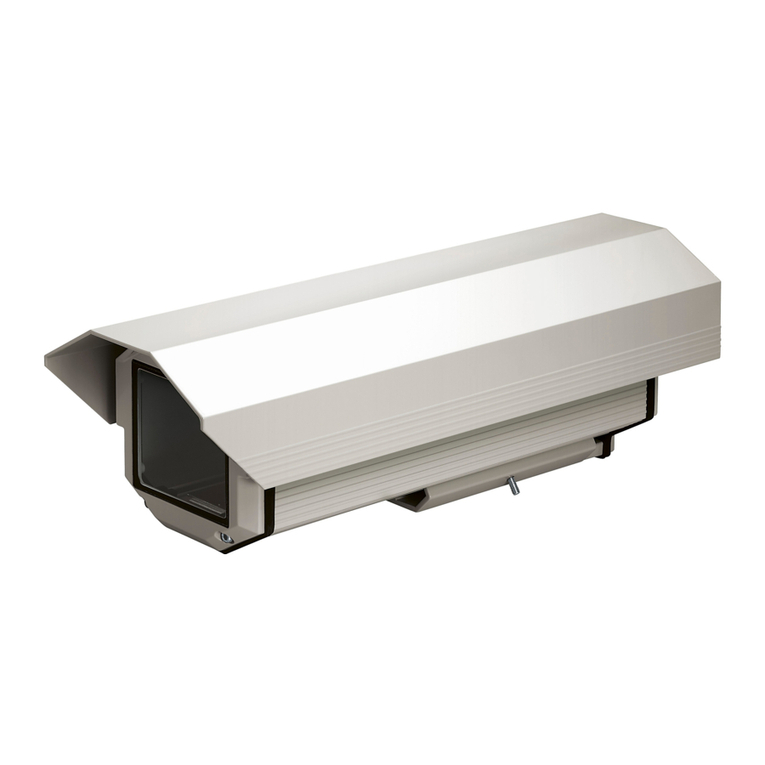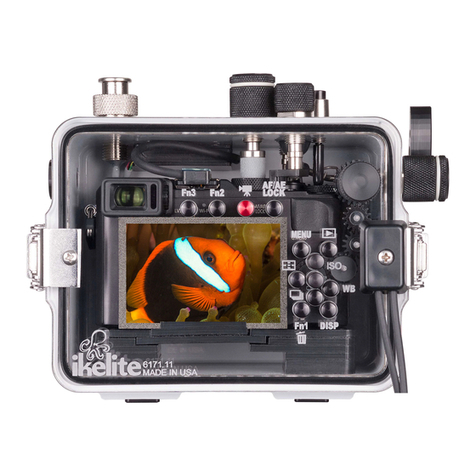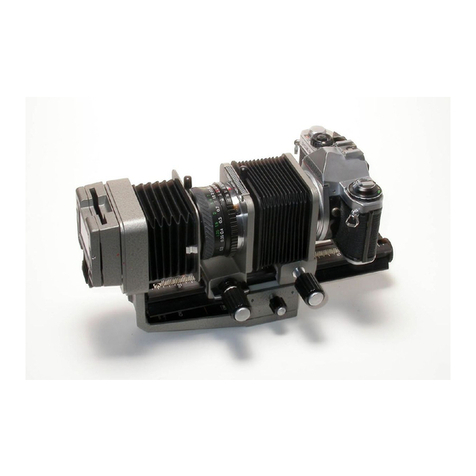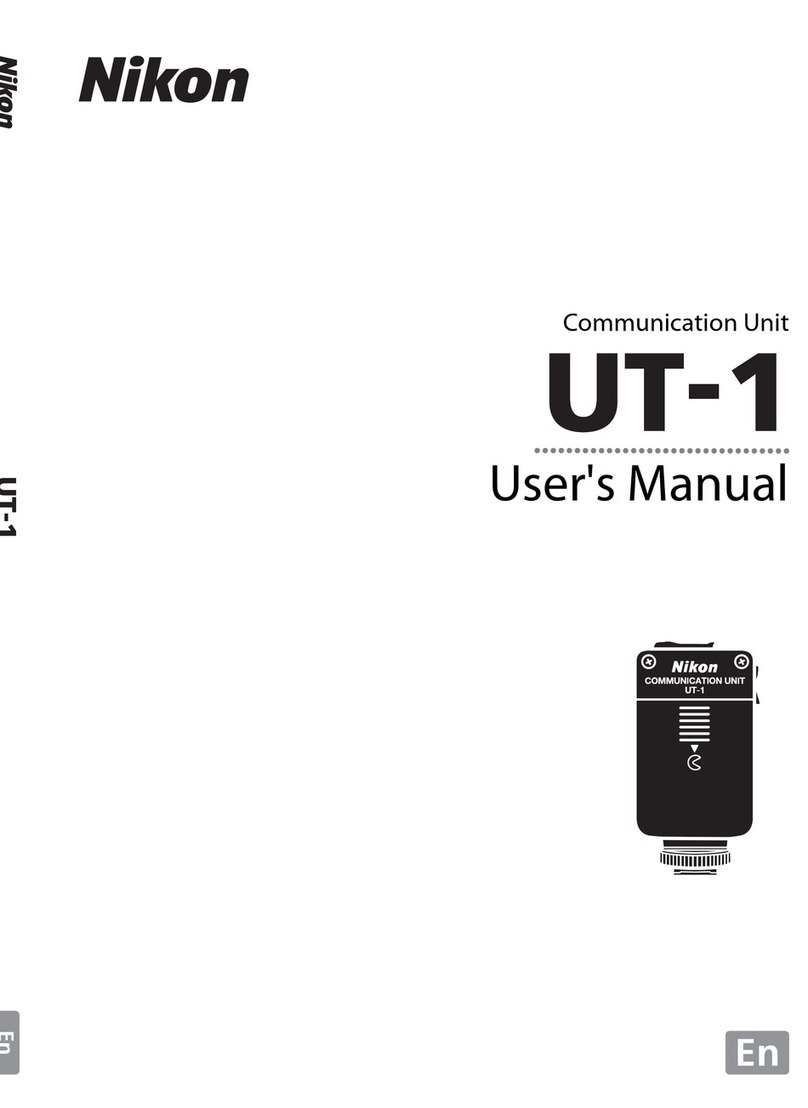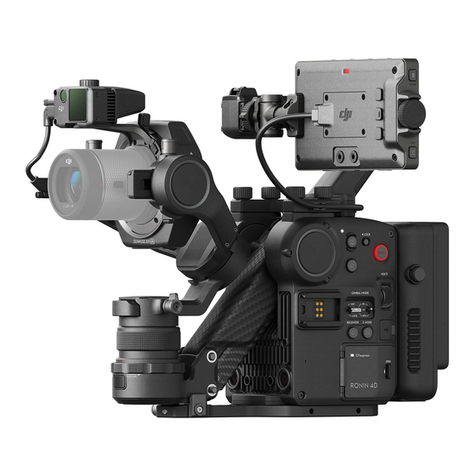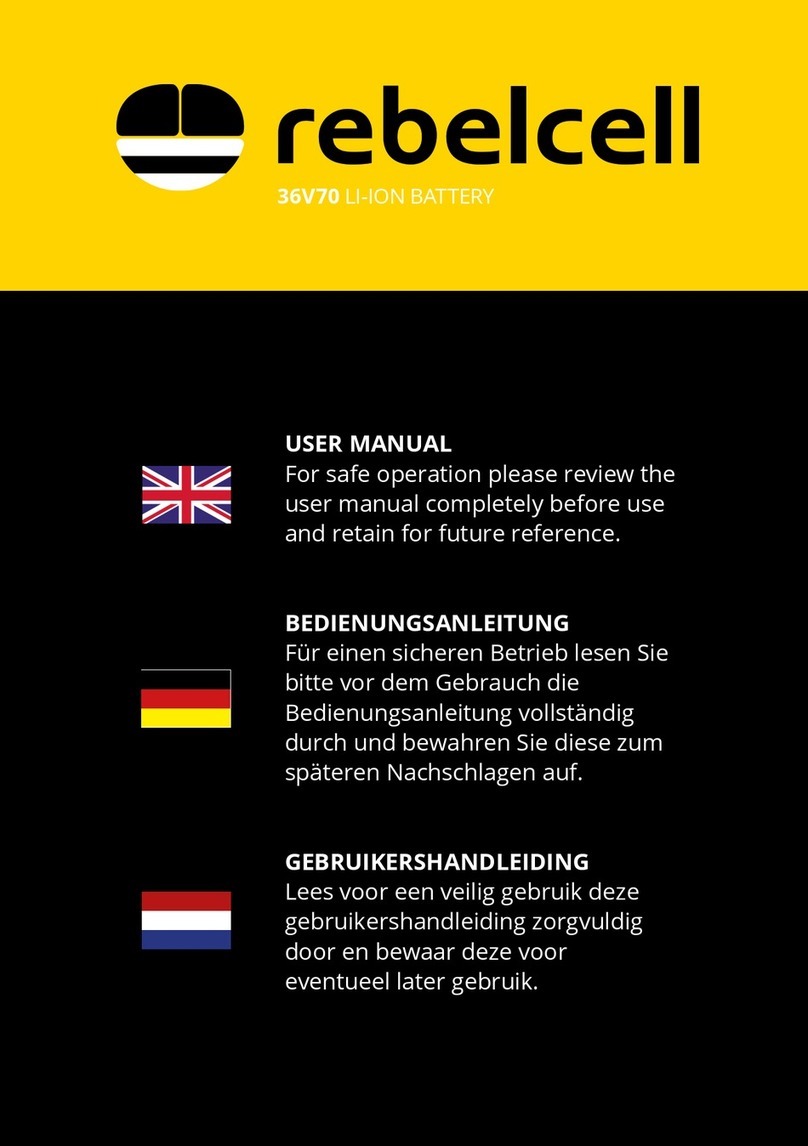U5000A PAG NPH INSTRUCTION MANUAL U5000A PAG NPH INSTRUCTION MANUAL
4.1 When used correctly, Nickel-Metal Hydride batteries are a rugged,
safe, clean and trouble-free method of storing power. Offering an
extremely high energy density, the cells do not deteriorate when left
in a discharged state, thereby making them ideally suited to
applications where reliable portable power is required. However, the
user should be aware that incorrect treatment can present a hazard.
In the interest of safety, and the protection of our environment,
please read and observe the following health and safety
information.
4.2 GENERAL: Do not put in fire or mutilate - cells may burst or release
toxic material. Do not short-circuit as this may cause burns.
Batteries should be discharged for transit.
4.3 CORROSIVE ELECTROLYTE: The electrolyte is a strong alkaline
solution, which can cause chemical burns to human tissue if leakage
occurs. Wear protective gloves when handling all contaminated
materials. In the event of contact with the skin, flood copiously
with clean water. Seek immediate medical attention if significant
amounts of electrolyte are in involved, or if any has touched the
eyes.
4.4 ACCIDENTAL SHORT-CIRCUITING: Nickel-Metal Hydride cells can
deliver power at very high rates. PAG NPH batteries are protected at
their output connections by self-resetting overload protection
devices and thermal fuses, but severe mechanical abuse of a battery
could result in damage to cells, and short-circuit internal to the
battery. Arcing, excessive heat and the liberation of combustible
gas could result, with the potential for personal injury or ignition
of adjacent flammable materials.
4.5 DISPOSAL: Expired Nickel-Metal Hydride batteries are classified
as controlled waste, and must be disposed of in accordance with the
appropriate regulations or legislation.
WARNING: Do not mutilate or incinerate batteries. Do not dispose of
batteries or cells in a charged condition (see 4.4 above).
PAG Ltd. offers a recycling service for expired PAG batteries, which
results in the materials being recovered for re-use.
SAFETY
SECTION 4 Return batteries by prior arrangement to:
PAG Limited
565 Kingston Road
Raynes Park
London SW20 8SA
Tel: +44 (0)20 8543 3131
Fax: +44 (0)20 8540 4116
Batteries must be in a discharged state, and clearly marked:
“FOR RECYCLING”.
5 6
5.1 Notwithstanding any provision of any agreement the following Warranty
is exclusive: PAG Limited warrants each NPH Battery it manufactures to
be free of defects in material and workmanship under use and service
for 18 months from the date of purchase. This warranty extends only to
the original purchaser. This warranty shall not apply to fuses or any
product or parts which have been subject to misuse, neglect, accident
or abnormal conditions of operation.
6.2 In the event of failure of a product covered by this warranty, PAG Ltd.
will repair and calibrate equipment returned to an authorised Service
Facility within the period of the warranty, provided the warrantor’s
examination discloses to its satisfaction the product was defective.
The warrantor may, at its option, replace the product in lieu of repair.
With regard to any equipment returned within this period, said repairs
or replacements will be made without charge. If the failure has been
caused by misuse, neglect, accident or abnormal conditions of opera-
tion, repairs will be billed at a nominal cost. In such a case, an esti-
mate will be submitted before work is started, if requested.
6.3 The foregoing Warranty is in lieu of all other warranties, express or
implied, including but not limited to any implied warranty or merchant-
ability, fitness or adequacy for any particular purpose or use. PAG
Limited shall not be liable for any special, incidental, or consequential
damages, whether in contract, tort, or otherwise.
WARRANTY
SECTION 5
